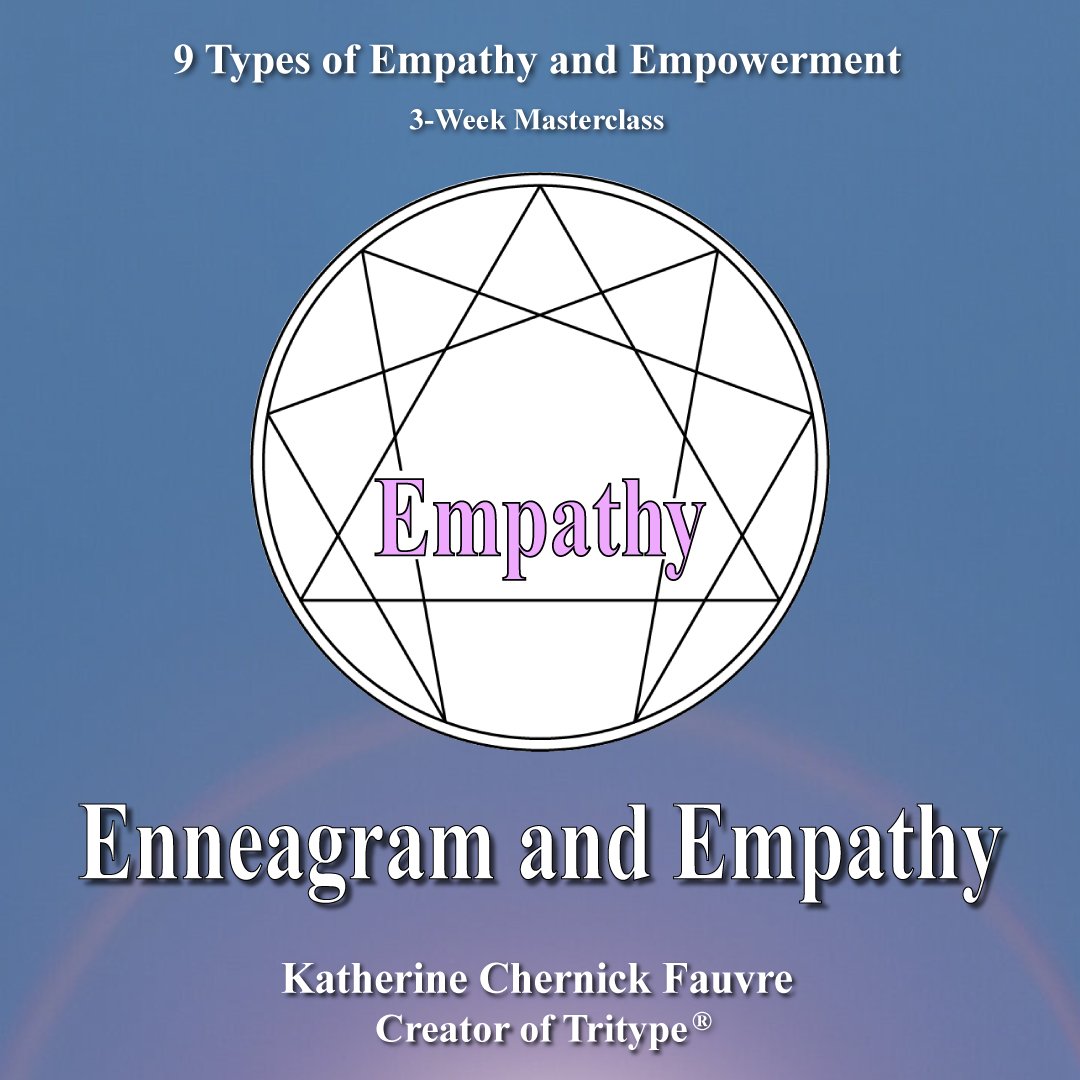Instinctual Countertypes Evolution and Stackings 7.0: Advanced Series 3-Week Masterclass
Instinctual Countertypes Evolution and Stackings 7.0: Advanced Series 3-Week Masterclass
An In-Depth look at Enneagram Instinctual Subtype Countertypes
• What you didn't know about the evolution of Subtype Countertypes
• How to use your Instinctual stacking order
• The dilemma if you have a Countertype as your second Instinct
• Find out if you have a Countertype or a secondary Countertype
• Delve deeply into your type and Tritype® using Countertypes
• Unfamiliar with Countertypes?
• Find more in The Definitive Enneagram (coming soon)
More information below.
The term “Countertype” was first used by Claudio Naranjo in 1971. He coined the term to explain the characteristics of the strong reaction of the counterphobic 6 that manages fear by immediately moving into the fear instead of avoiding it.
In 1994, Katherine began her formal research studies on the "internal experience" of Enneagram types and subtypes. During her research, she noticed that each Enneagram type seemed to have a "stereotype" and two "countertypes."
The “stereotype” occurred when the core fear of the Enneagram type matched the core fear of the instinctual type accentuating the focus of attention. The two “countertypes: within a type occurred when the core fears of the Enneagram type’s center combined with the core fears of the other two instinctual types.
It is important to note that in 1971, Claudio Naranjo began recognizing a more primitive expression of Ichazo’s ego types. It was at this time, that he added his theory of Subtypes. He placed the primal aspects of Ichazo’s three Instinctual Triads (centers) under each Enneagram type as the three subtypes of Ichazo’s ego types.
Extensive study confirms that there are three instinctual drives or types -the Self-Preserving, the Social, and the Sexual/Intimate. Like the nine passions of the Enneagram points, the instinctual drives act as a force underlying our life strategies - often unconscious yet all-pervasive - and represent our most fundamental way of being. The three instinctual drives color how we act, think, feel, and ultimately express ourselves. Each instinctual drive manifests within each of the nine Enneagram types (in effect resulting in a total of 27 Instinctual Subtypes).
Ichazo taught that "the instincts are defined . . . as three fundamental reactions of our organism in order to sustain life. The interconnection between them produces a corresponding triad in the higher psychological levels, and the sensing of these three organic systems appear as our basic psychological levels in the form of instinctual centers of attention, whose demands we cannot ignore because they immediately threaten our survival."
Naranjo taught his subtypes to Ichazo’s ego types are the primitive still that " the instinctual type is one of three sub-personalities that is the "auxiliary passion." He suggests that outwardly the instinctual subtype can look positive, like a talent, or something of which one should be overly proud, but inwardly is a reflection of unhappiness with a price to be paid -, e.g., "the oyster is not too interested in the price of the pearls." He also teaches the origin and drive of each instinctual subtype: self-preservation arises in the belly and is associated with protection; social instinct arises in the tongue, and the desire to be appreciated; and sexual instinct is genital in origin and driven by sexuality, oedipal issues."
Katherine Chernick Fauvre, the creator of Tritype® and Instinctual Stackings, is an internationally recognized personality expert. She is an IEA Accredited Teacher with Distinction and is Triple Certified: Palmer-Daniels, Riso-Hudson, and Hurley-Dobson. She is also distinguished to be the only person in the world to have attended intensives with both Claudio Naranjo and Oscar Ichazo. In 1996, Naranjo validated her 1995 Research on the Instinctual Subtypes. Her 23 qualitative research studies on the Enneagram Types and her many innovative courses correlating the Enneagram with many other fields such as Karen Horney, MBTI, Archetypes, micro-expressions, talk styles, lexicon use, gestures, and body language have made her a master profiler and thought leader in the field.
Enneagram Tritype® Test: https://enneagramtritypetest.com






